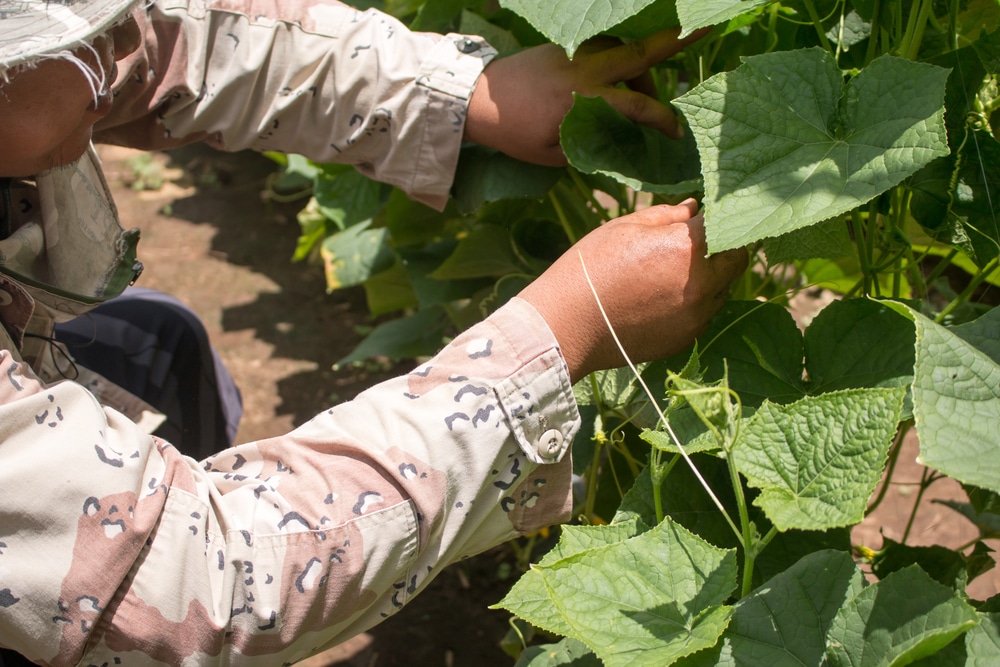

Cucumbers perform somewhat better than tomatoes in extreme summer temperatures however, yield can suffer in the winter with low light levels and conservative heating strategies. This fast turnover time allows for great flexibility in crop cycles. Due to the absence of a fertilized ovule in the fruit, these cucumbers have no seeds and are marketed as “seedless.”Ĭucumbers are typically tolerant of extreme summer temperatures and are considered a fast crop with the first harvest ready within as little as 7 weeks from seeding. Both types are parthenocarpic, meaning they produce fruit without flower fertilization and do not require pollination. English and Beit Alpha are the two primary cucumber types grown in greenhouses.

Row covers prevent both pests and beneficial insects needed for pollination from the plants, so you must remove them from the plants once flowering begins, unless the variety is seedless.Learn the basics of greenhouse cucumber production, including seeding production training, pruning, and spacing the greenhouse environment fertilization and irrigation and harvesting and fruit quality.Ĭucumbers are a popular crop for greenhouse vegetable production. Spun row covers raise air temperature around the plants and protect them from cold nights. You may also train the vines to climb a three- to four-foot trellis, allowing you to space garden rows more closely, and producing perfectly straight fruit.Īfter the seedlings have emerged, position the row covers over the plants, securing the edges with soil or staples.


You can plant bush types, with very short vines, in closely spaced rows or hills, with only two to three feet between rows or hills.Īfter emergence, thin seedlings to stand 8 to 12 inches apart. Allow about two or three feet of space on either side of the row for the vines to spread.Ī "hill" of three or four seeds sown close together is another way to plant cucumbers in the garden. For vining types that will spread out in the garden, sow seeds two inches apart. Cut holes or slits in the mulch, and plant the seeds. Apply black plastic mulch to the soil once you prepare it in the spring. In most of Minnesota, this will be sometime in late May.Įarlier planting is possible with the use of black plastic mulch, which raises soil temperature. Use a soil thermometer and sow seeds after the last frost date, once the soil is at least 70° F at the one-inch depth. The best way to start cucumbers is direct seeding.


 0 kommentar(er)
0 kommentar(er)
